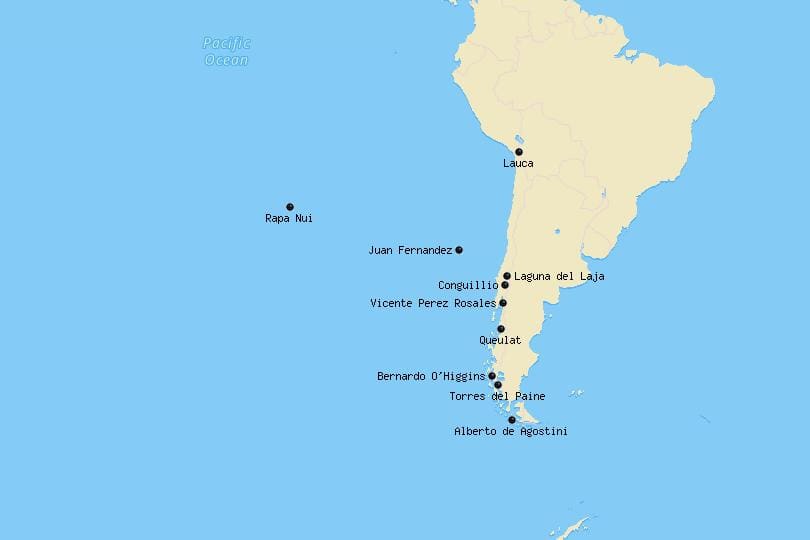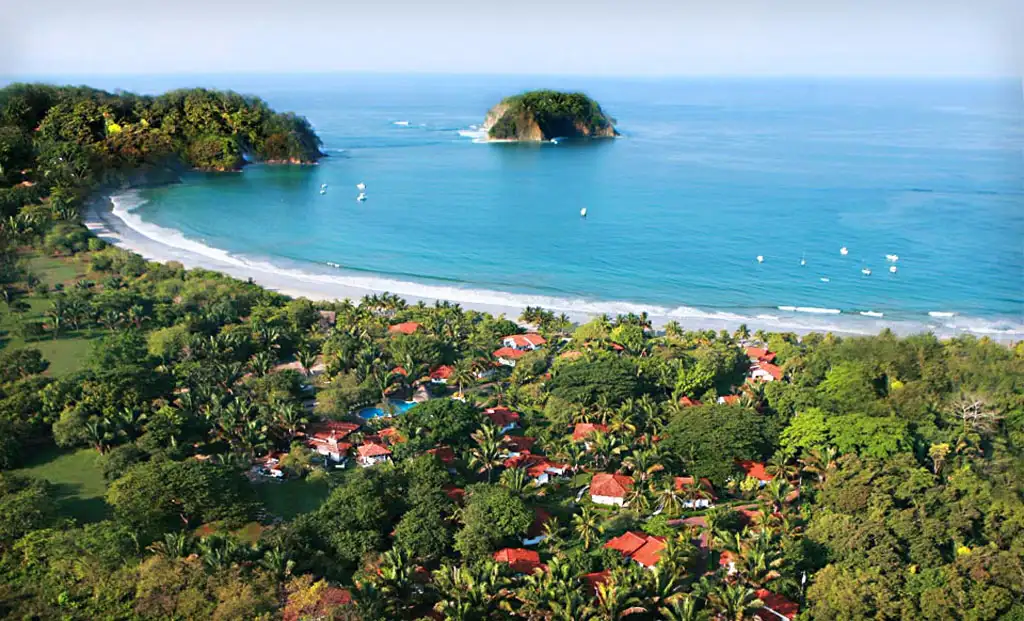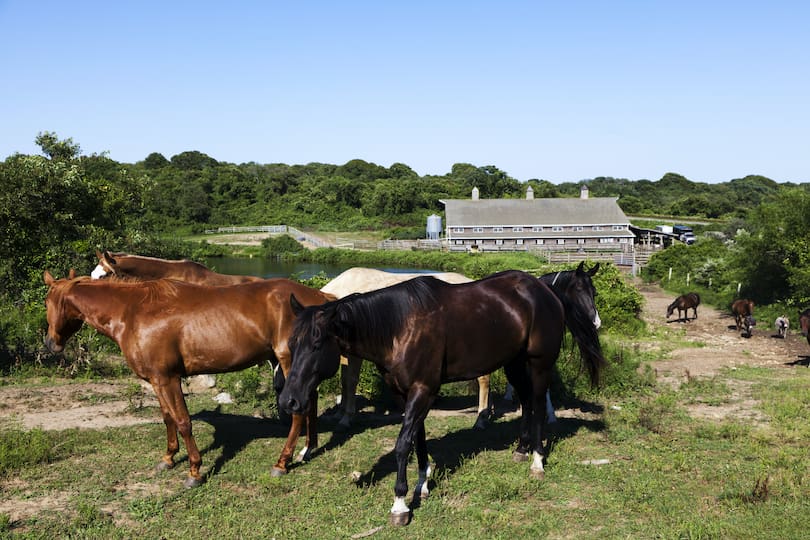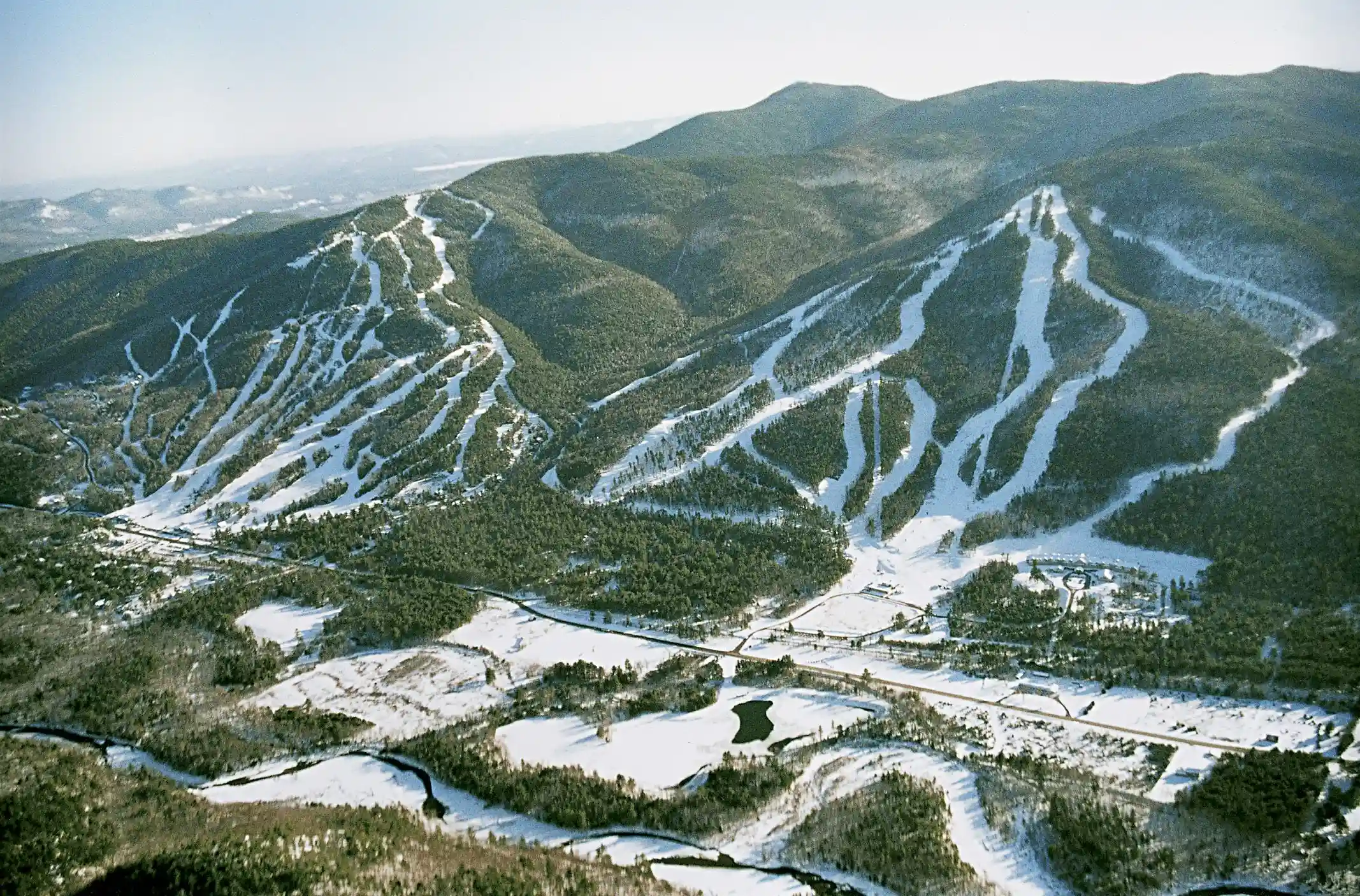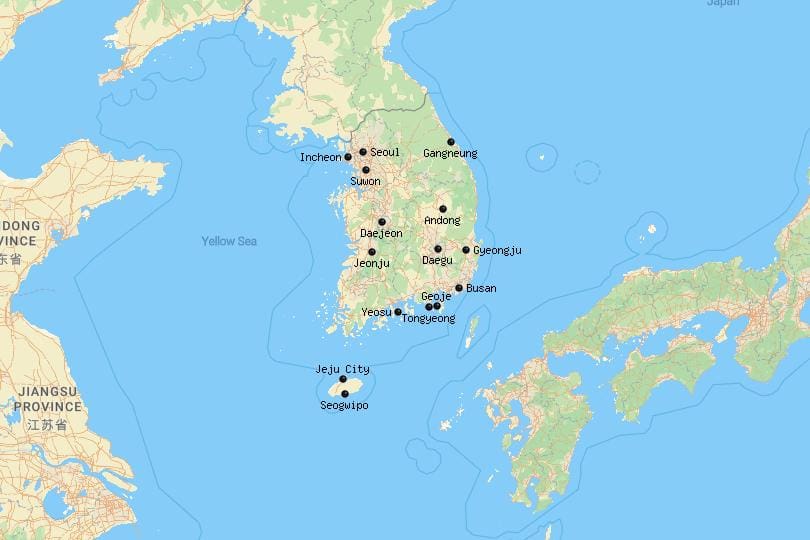Harike Wetland, located in the north Indian state of Punjab, is the largest wetland in northern India and an essential component of the Indus River Basin. It is home to a vast diversity of flora and fauna and a popular tourist destination for nature enthusiasts. This article will explore the significance of Harike Wetland, its ecology, tourism potential, and conservation efforts.
History of Harike Wetland
The wetland was created in 1953 when the construction of a barrage on the Sutlej River created a vast reservoir. The wetland covers an area of 41 km2 and is divided into two parts: the Harike Wetland and the lake formed by the barrage.

Ecology of Harike Wetland
The wetland provides an essential habitat for a wide range of flora and fauna, including more than 350 species of birds, 50 species of fish, and various mammals, reptiles, and amphibians. The area is a haven for migratory birds, with around 100,000 birds visiting each year. The wetland also supports a range of aquatic vegetation, including lotus, water hyacinth, and water lilies.
Tourism Potential of Harike Wetland
The wetland is a popular destination for bird watchers and nature enthusiasts. Visitors can take a boat ride to explore the wetland and enjoy bird watching. The wetland is also an important site for religious tourism, with a gurudwara (a Sikh temple) located on an island in the middle of the wetland. The island is accessible by boat and is a popular pilgrimage site.

Conservation Efforts at Harike Wetland
The wetland has been designated as a Ramsar site, which is an international treaty for the conservation and sustainable use of wetlands. The Punjab government has taken several steps to protect the wetland, including the implementation of a conservation plan and the creation of a wetland authority. The conservation plan includes measures to control pollution, regulate tourism, and promote sustainable agriculture in the surrounding areas.
Challenges and Future of Harike Wetland
Despite the conservation efforts, the wetland faces several challenges, including pollution, overfishing, and encroachment. The Punjab government and local communities need to work together to address these challenges and ensure the long-term sustainability of the wetland. The wetland has immense potential for eco-tourism, and the government should promote sustainable tourism practices to benefit local communities and the environment.

Conclusion
Harike Wetland is an essential component of the Indus River Basin and a haven for biodiversity. The wetland has significant tourism potential and can provide economic benefits to local communities if managed sustainably. The government and local communities need to work together to address the challenges facing the wetland and ensure its long-term sustainability.
FAQs
Q1. What is the best time to visit Harike Wetland?
The best time to visit Harike Wetland is from November to February when migratory birds arrive at the wetland.
Q2. How do I reach Harike Wetland?
The nearest airport is Sri Guru Ram Dass Jee International Airport in Amritsar, which is about 60 km away from the wetland. The nearest railway station is in Firozpur, which is about 30 km away.
Q3. Is there any accommodation available near Harike Wetland?
Yes, there are several hotels and guest houses available near the wetland.
Q4. Can I fish at Harike Wetland?
Fishing is allowed in the wetland, but visitors need to obtain a permit from the wetland authority.
Q5. Are there any endangered species found in Harike Wetland?
Yes, Harike Wetland is home to several endangered species, including the Indus River Dolphin, Smooth-coated Otter, and Indian Skimmer. The conservation efforts at the wetland aim to protect these species and their habitats.





